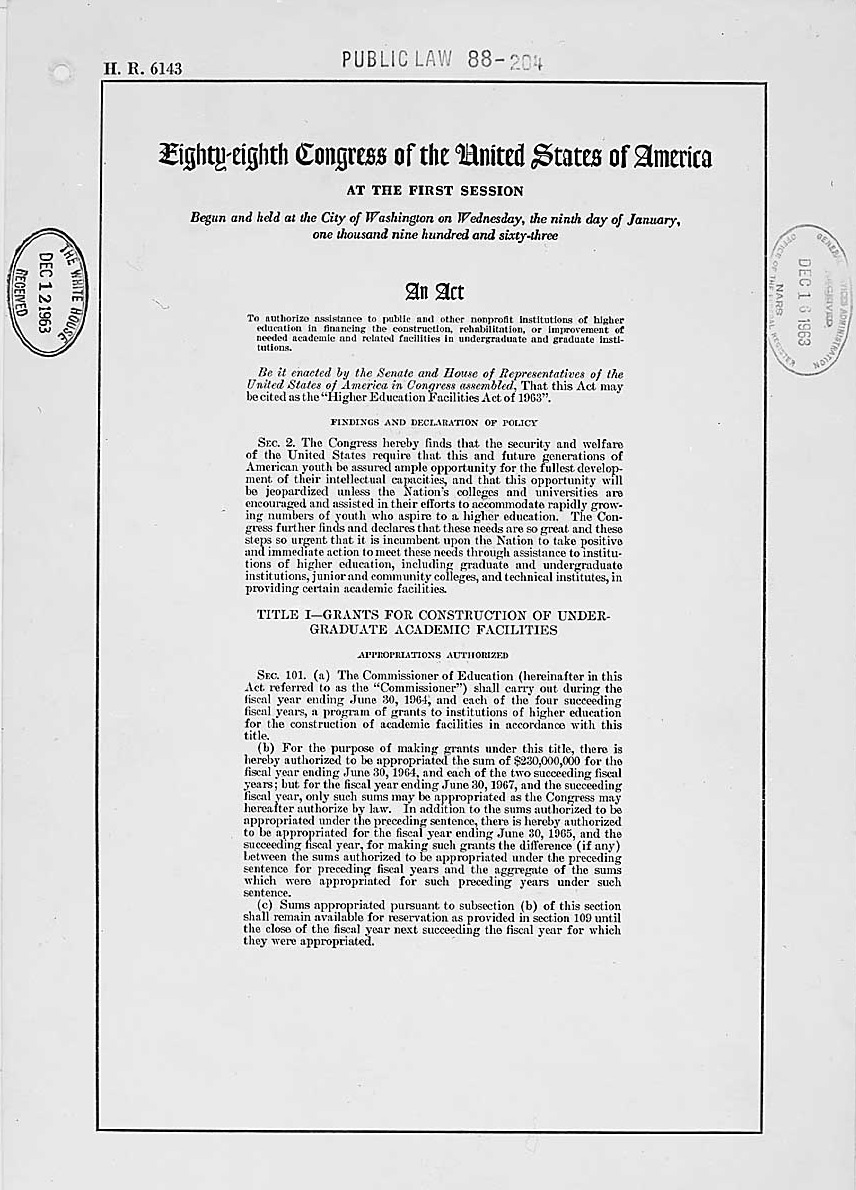PUBLIC LAW 109–58—AUG. 8, 2005 | ENERGY POLICY ACT OF 2005
January 25th Joint Meeting of the Nuclear Regulatory Commission and FERC: Docket No. AD06-6-000. Given the close coupling of electric and natural gas supply with respect to power reliability, the mind boggles at the hostility of the Biden Administration to natural gas anywhere on earth. Natural gas is critical to generation plant black start capabilities and hospitals, among others.
A selection of the presentations:
“Long Term Reliability Assessment” – Presented by Mark Lauby, Senior Vice President and Chief Engineer, NERC
“Grid Reliability Overview & Updates” – Presented by David Ortiz, Director of the Office of Electric Reliability
“Status of Standards and Implementation for Cold Weather Preparedness and Applicability to Nuclear Plants” – Presented by David Huff, Electrical Engineer, Office of Electric Reliability
“Gas-Electric Coordination Since Winter Storm Uri” – Presented by Heather Polzin, Reliability Enforcement Counsel, Office of Enforcement
“Overview of Power Reactor Activities” – Presented by Andrea Kock, Deputy Office Director for Engineering, NRR
“Grid Reliability Updates” – Presented by Jason Paige, Chief, Long-Term Operations and Modernization Branch, Division of Engineering and External Hazards, NRR
Related:
Utah State University: History of Probability
Sample Probability and Statistics Problem from Professional Electrical Engineer’s Examination























